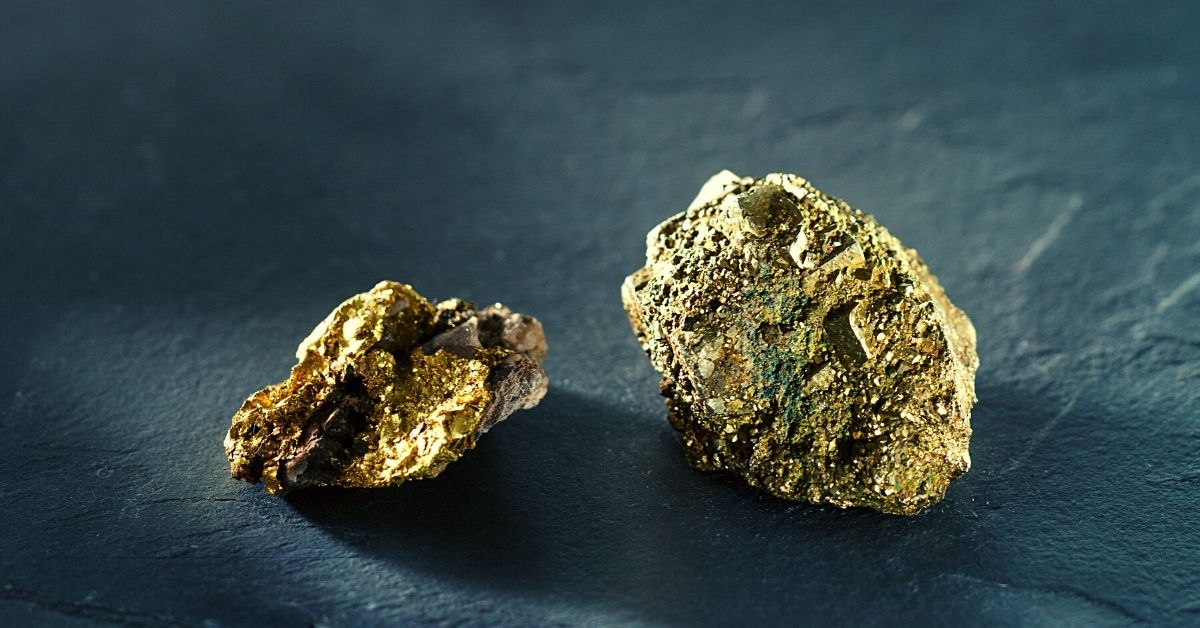“Fool’s gold” commonly refers to the mineral “pyrite”. Pyrite received its nickname due to its close resemblance to gold, so much so that it fools people into believing that is gold. However, if you run into pyrite, there are a few techniques you can use to tell the difference between pyrite and the real deal.
Gold Testing Techniques
Visual Tests
If you don’t have precious metal testing equipment, there are a few visual cues you can look for to tell if you have fool’s gold or not:
- Color: Pyrite is a brassy color while gold is of a golden to yellow color. Most gold is alloyed with silver, which means that if there is enough silver content, the gold will have a white-yellow color.
- Tarnish: Many specimens of pyrite have some level of tarnish on their surface. Gold does not tarnish, so you will find nuggets or small flakes of gold are bright and untarnished.
- Shape: Pyrite usually has an angular shape with many pieces resembling the face of an octahedron, pyritohedron or cube. Gold particles on the other hand have edges that are slightly rounded. However, keep in mind that some crystalline gold pieces can have a crystal shape that is similar to pyrite.
- Striations: Gold crystals don’t have striations. Many pyrite crystals on the other hand do.
Physical Tests
- Hardness: Pyrite is much harder than gold. Pyrite has a Mohs hardness of 6.5 while gold has a Mohs hardness of 2.5.
- Sectility: Small pieces of gold can be cut by a sharp knife. However, small pieces of pyrite can’t be cut.
- Ductility: Gold has incredible ductility. A tiny piece of gold bends and dents with pressure. Pyrite on the other hand will break under or resist pressure.
- Streak: If you perform a streak test, you’ll find that pyrite has a green-black streak.
If you ever happen to find fool’s gold, don’t be quick to dismiss it. It turns out that fool’s gold can be useful.
How Fool’s Gold Can Help Find Gold Deposits
Fool’s gold can be helpful in finding real gold. Pyrite and gold form in similar conditions, which means the presence of pyrite could mean gold is nearby.












